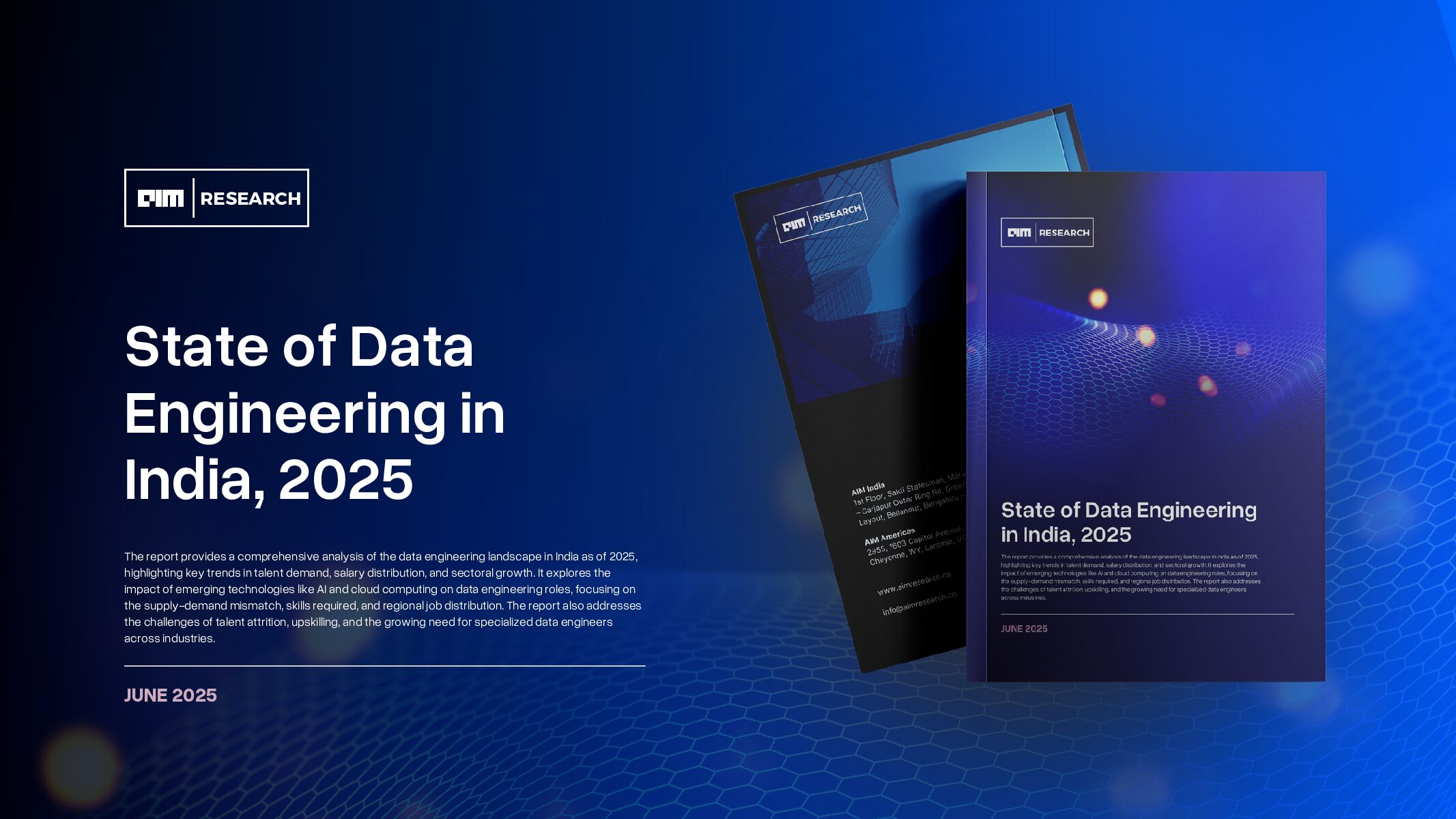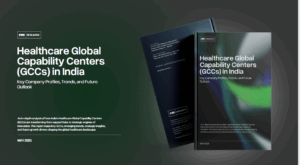[Sample] Generative AI Usage Policy in Enterprises
somdn_product_page
To Download this Report

To Download this Report

As generative AI continues to evolve, its applications and potential ethical implications become increasingly critical for organizations to address. One way enterprises can navigate this rapidly changing landscape is by implementing a comprehensive usage policy. Here, we discuss 12 essential sections that should be included in a generative AI usage policy.
1. Introduction and Purpose: The policy should begin by outlining its purpose: to provide clear guidelines on the ethical and responsible use of generative AI within the organization.
2. Scope: Defining the policy’s scope helps clarify who and what is covered under the guidelines. This includes all employees, contractors, and other stakeholders involved in the organization’s AI-related activities.
3. Definitions: Clear definitions of key terms, such as generative AI, ethical AI usage, and data privacy, ensure a common understanding of these concepts across the organization.
4. Policy Statement: The policy statement declares the organization’s commitment to responsible AI use, affirming the respect for ethical guidelines, legal compliance, and data privacy principles.
5. Roles and Responsibilities: Defining roles and responsibilities ensures everyone knows their part in maintaining ethical AI practices. This includes responsibilities of employees, management, IT department, HR, and AI ethics committee.
6. Guidelines for AI Usage: This section should provide specific, actionable guidelines on using generative AI in line with ethical and legal standards, including protection of sensitive information and quality control of AI outputs.
7. Training and Awareness: A commitment to regular training sessions ensures employees stay informed about evolving AI technologies and ethical considerations.
8. Policy Enforcement and Violations: Outlining the steps for enforcing the policy and addressing violations reinforces the importance of adhering to these guidelines.
9. Continuous Improvement and Adaptation: The organization should express its commitment to evolve the policy with advancements in generative AI and new understandings of ethical AI use.
10. Policy Review and Revision: Regular reassessments of the policy ensures it stays relevant and reflects advancements in generative AI and related legal or ethical frameworks.
11. Conclusion and Affirmation: A final statement should underline the organization’s resolve towards ethical AI usage and commitment to the policy’s guidelines.
12. Signatures and Approvals: This formal closure of the document should provide spaces for necessary approvals and signatures, underlining the commitment of the organization’s leadership to uphold the policy.
Crafting a comprehensive usage policy is a vital step towards harnessing the power of generative AI responsibly. This proactive approach can help organizations mitigate potential risks while maximizing the benefits of this transformative technology.
$299.00
Or…
Annual Subscription: $9999






A Vendor Briefing is a research tool for our industry analysts, and an opportunity for a vendor to present its products, services and business strategies to analysts who cover the vendor specifically or a related technology or market.
AIM Research encourages technology vendors and agencies to brief our team for PeMa Quadrants, when introducing a new product, changing a business model, or forming a partnership, merger, or acquisition.


